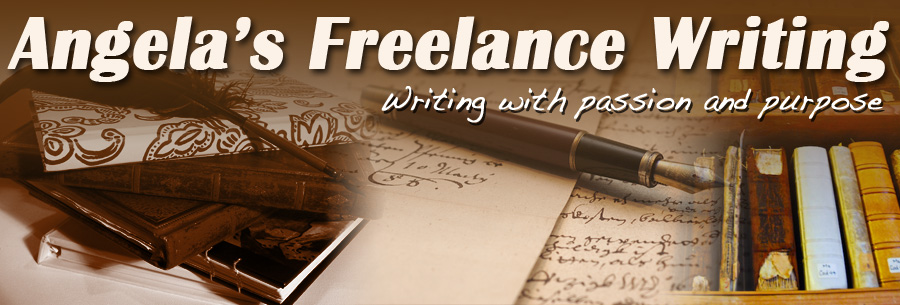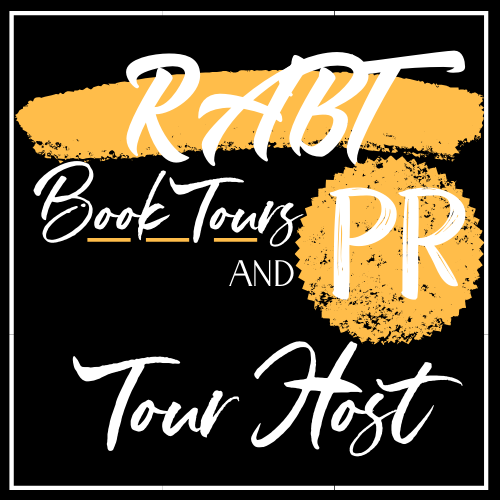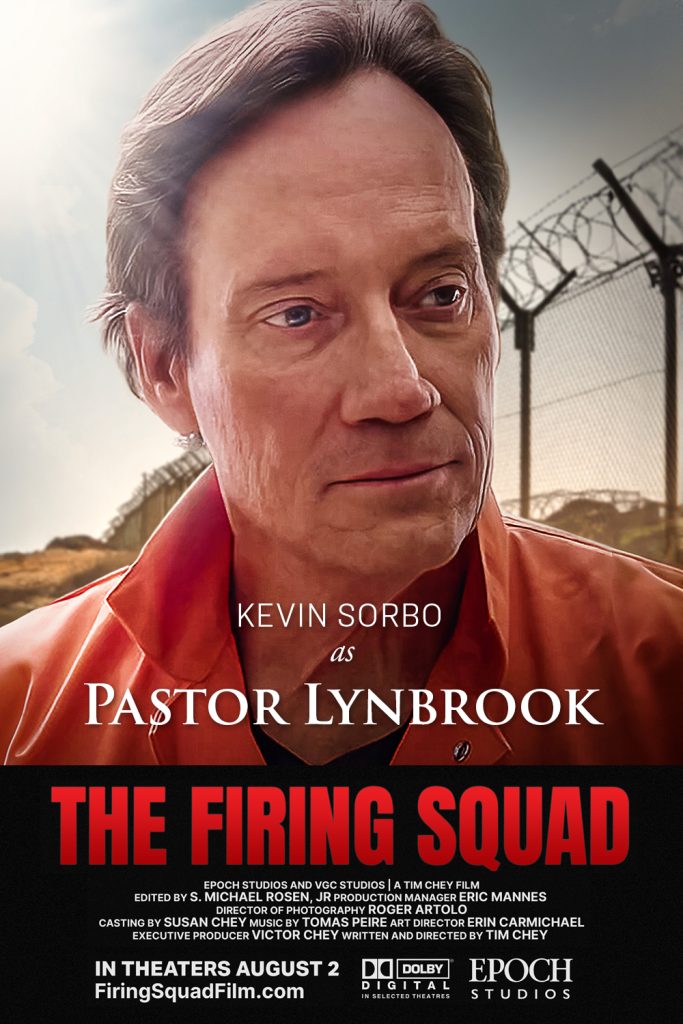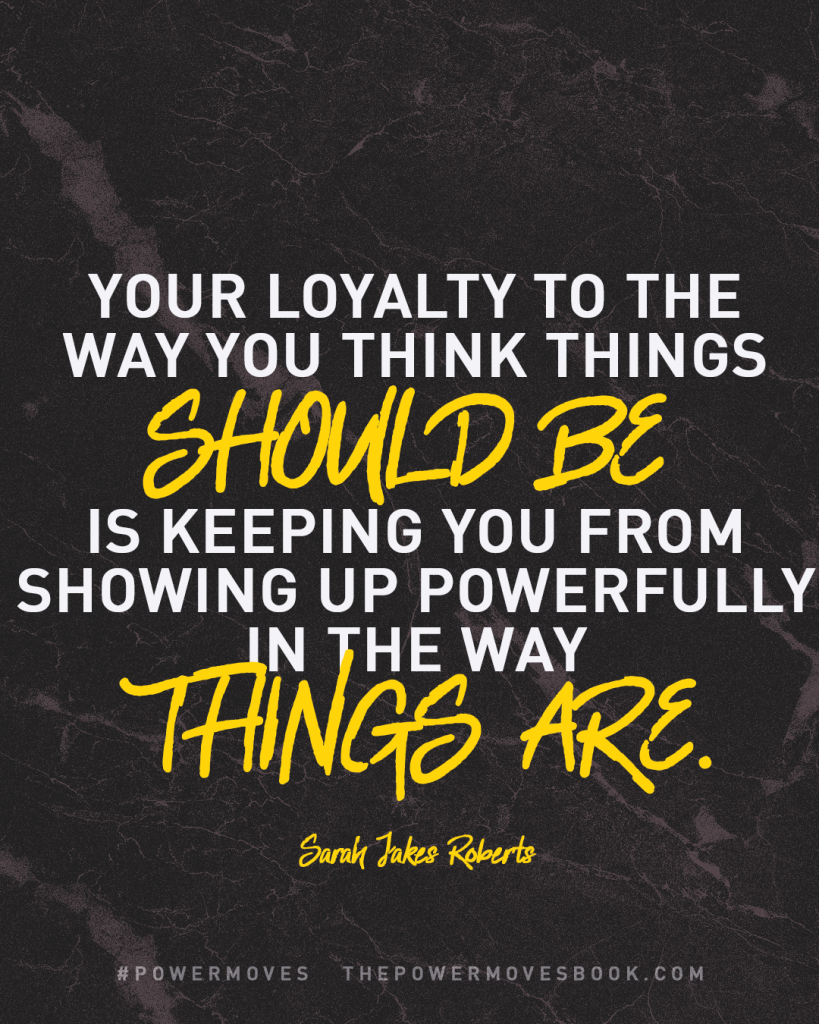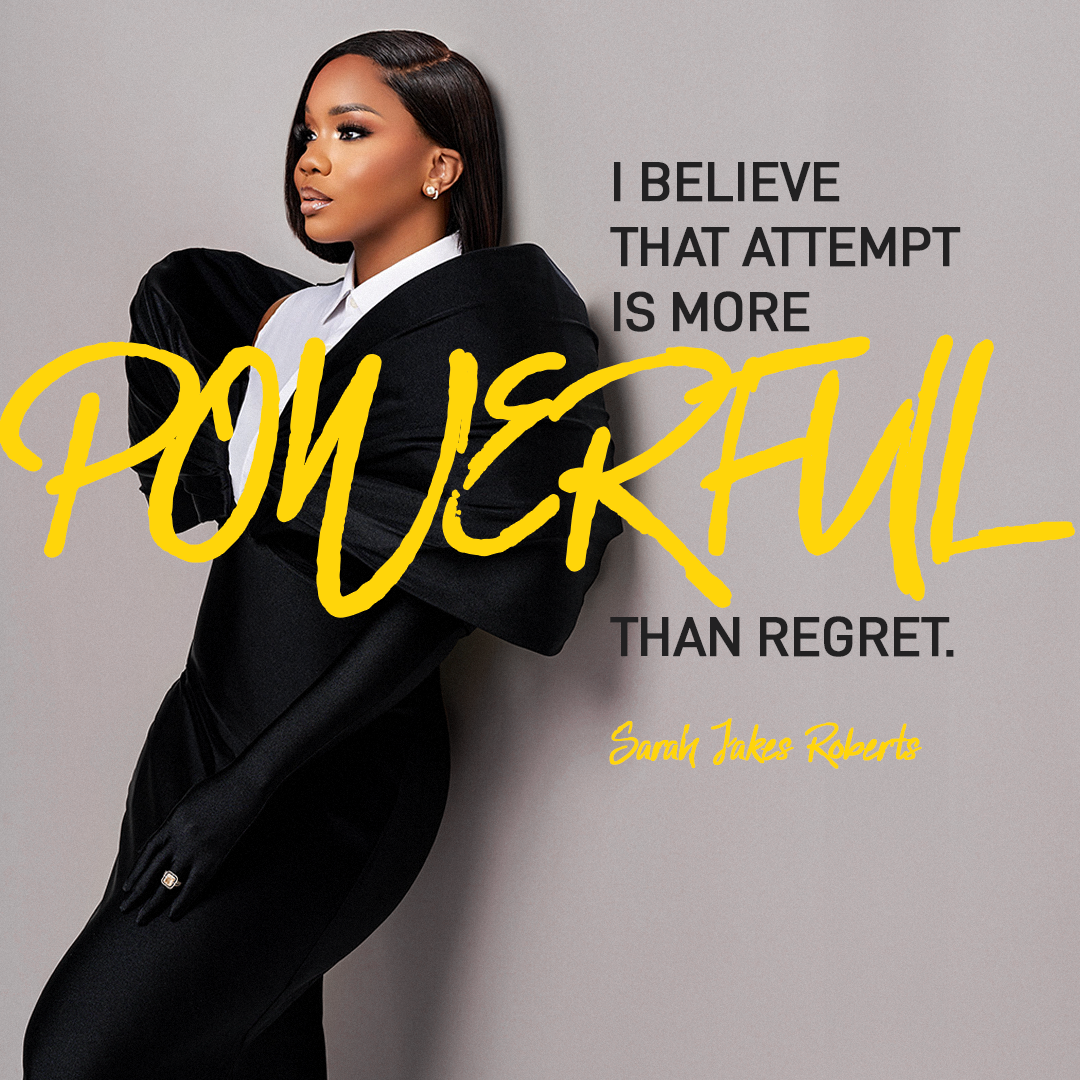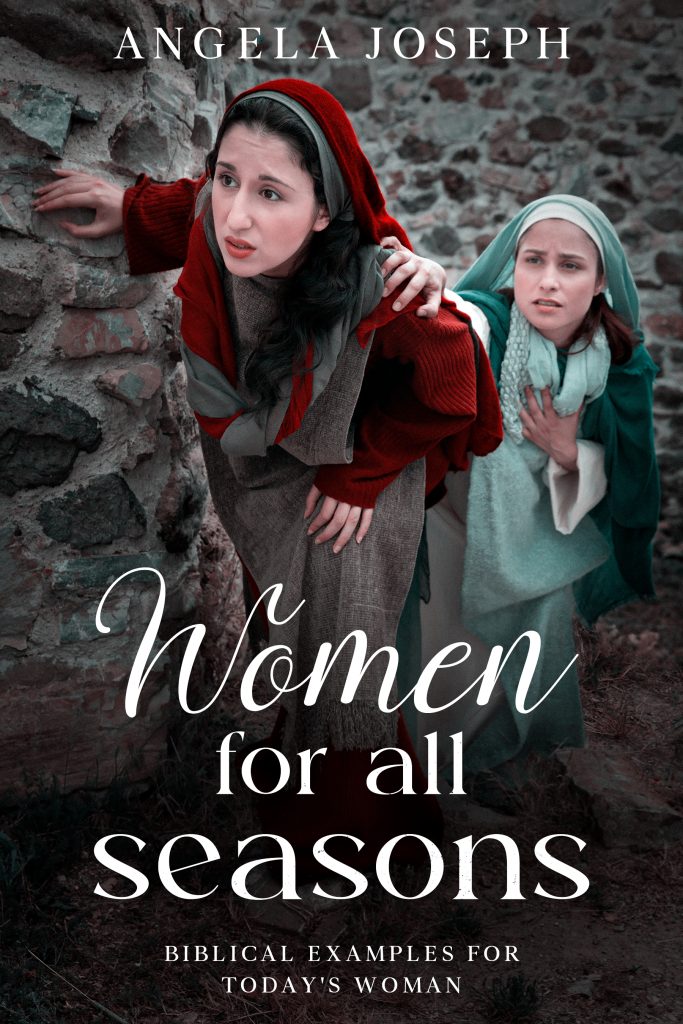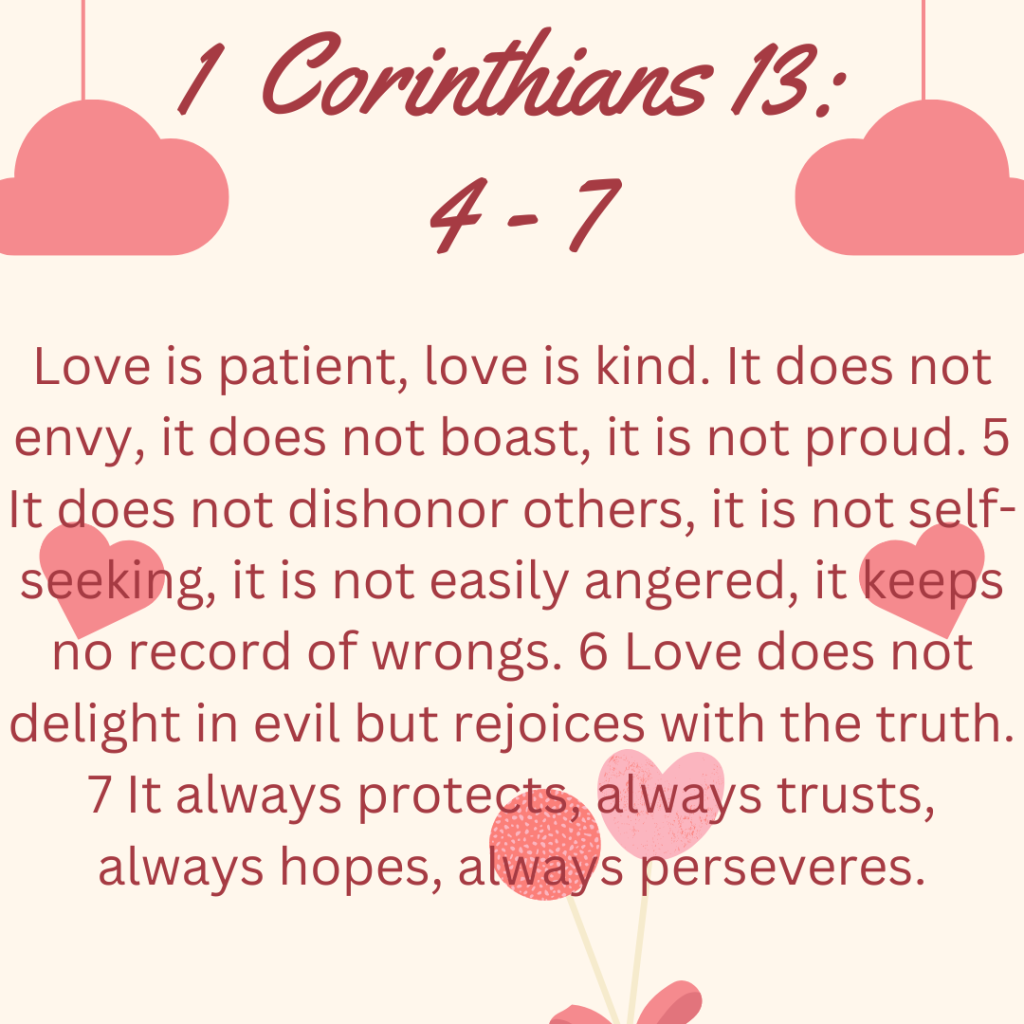Ask any writer what is the hardest part about writing or what they least like about writing and, chances are, they will say editing. A Google search turned up this definition: Editing is a process that involves revising the content, organization, grammar, and presentation of a piece of writing. The purpose of editing is to ensure that your ideas are presented to your reader as clearly as possible.
The last sentence of that paragraph really caught my attention. I have just completed the first draft of the sequel to Making Music Together and am about to embark on this most dreaded of the writing process — editing. But before I begin, I’m taking a few weeks off—maybe three or four— not just to R&R but to allow my brain to rewire itself so that when I go back to the script I will see it with fresh eyes.
This will ensure that “my ideas are presented to my reader as clearly as possible.” It will do me and my readers no good if I attempt to revise the book while my mind is still saturated with all the mistakes —not just grammatical errors, there is software to help with that—but consistency, timelines, plot holes, and the myriad of other cringe-worthy mistakes we authors make when the ideas are flowing too fast to process them properly.
During these few weeks, I will read a book I have been meaning to read for a long time, I will do some ads for Making Music Together, just to keep it before my readers’ eyes, and prepare me for the task ahead. Then before I plunge into editing, I’m going to do something I learned about recently—
I’m going to write the book description.
Isn’t that written last, you ask? That’s how I always did it, but a course I took recently showed me that writing the book description first serves as a broad outline or a guide to ensure that my plot follows it. Since I’m a panster and not a plotter, I found this lesson helpful. My next step will be (deep breath)
Read the entire book
While I’m reading, I’ll refer to my description and make notes on things that should be cut, added to, moved around or whatever.
With that done, I’ll make an outline of each chapter.
While I’m not comfortable with outlining, I think an outline will help show up anything that’s out of place or is simply not working.
Next step is to go back to my research notes and make sure my facts are accurate —medical, legal, musical, as well as timelines.
When I’m satisfied, I’ll reread the book, fixing all the big issues—plot structure, setting, character development, and other elements that come to my notice. I didn’t mention grammar and the reason for that is I tend to have an eagle eye for grammatical errors and typos, but if I overlook any, these will be taken care of in the next step:
Send to my critique group

This group of fine, talented ladies has been an invaluable help to me over the years, and I never submit anything before having it pass the Sharpened Pencils test. I thank God for them every day. Notice I didn’t mention the title of book 2, as that, and my cover, will be vetted by my group.
So, there it is. The above is a broad outline of how I plan to edit the second draft of my book. I may not follow it slavishly. I may see the need to deviate in a few places, but by writing this post, I have a guide to follow that will ensure that “my ideas are presented to my reader as clearly as possible” and the thought of editing seems less daunting.
Angela is a blogger and author of Christian women’s fiction and Christian romance. Her latest release is Making Music Together.
